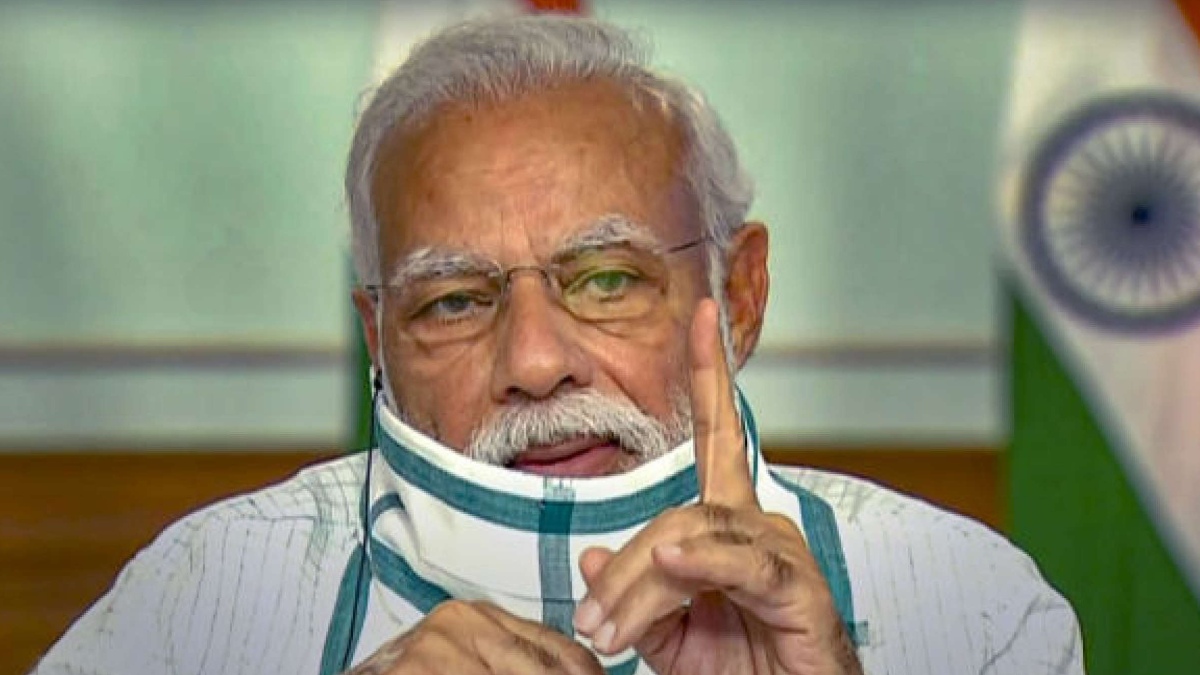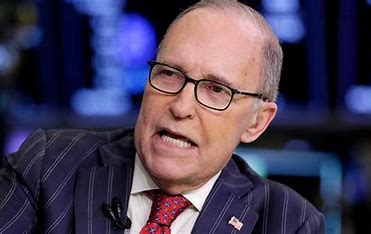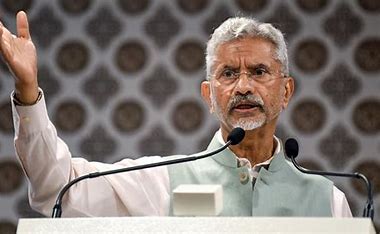
The recently announced privatisation plan would lead to a radical power shift and greater decentralisation of economic activities, necessitating a new form of generative mechanism and cooperative partnership between the Centre, states, and the private sector.
From Jawaharlal Nehru’s socialistic vision of controlling the commanding heights of the economy to Prime Minister Narendra Modi’s new paradigm that the government should not be in the business owning and running enterprises, India is taking definitive steps towards privatisation and marketplace economy. In 1951 India was overwhelmingly an agrarian economy; there were only 5 public sector enterprises; and the government’s role in establishing the industrial base was a compelling necessity.
Today there are 348 Public Sector Undertakings (PSUs) with a total investment of Rs 16.41 lakh crore and more than a million employees, according to the Department of Public Enterprises. Privatising them would open up huge space for the private sector to expand and innovate as well as create tremendous investment opportunities for Indian and global players. The government, however, announced that four strategic sectors including atomic energy, space and defence; transport and telecommunications; power, petroleum, coal and other minerals; and banking, insurance and financial services, would be still under the state control. Despite the proviso that each strategic sector would have no more than four public sector units, there would be, nevertheless, 332 PSUs up for privatisation.
Privatisation at such a massive scale amounts to a radical power shift, both political and economic. Such a fundamental transformation occurred in 1969 when Indira Gandhi nationalised banks, followed by other industries, which resulted in tremendous concentration of power at the Centre. Prime Minister Modi on the other hand is decentralising economic power without diminishing his political power.
Therefore, keeping the stakeholders in mind including the bureaucratic establishment, labour unions, and the political parties committed to state control of the economy, as well as the bogey of crony capitalism, smooth transition would be a humongous task. Not least there will be the loss of political patronage for political bosses.
In the first term, the Modi administration, in spite of the promises of privatisation, did not take serious steps in this direction. In fact, the first term was a continuation of the welfare schemes of the previous administration. Though, with the addition of massive nationwide toilet building programme, housing construction, gas connection, direct benefit transfer, PM-Kisan income support scheme, among others, the welfare programmes were enhanced and speeded up through digital technology. But the welfare state—a political constant in India—cannot continue without a rapid pace of wealth creation for which the state is not well equipped, looking at the performance of the public sector since Independence.
One does not have to count the virtues of the private sector, which in its own self-interest for profit-making and staying competitive in a global environment, takes calculated risks, innovates through investment in R&D, employs highly trained professionals, and uses best practices to raise productivity and improve efficiencies.
One consequence of shifting more than 300 PSUs to the private domain would be that entire private sector would go through creative destruction leading to continuous product and process innovation replacing the old production technologies with the new ones. The challenge is how to do it so that the process and the outcome create public trust. In the case of Maruti, for example, as some analysts have observed, the devolution process happened so successfully that today it is one of the most competitive auto companies in the world.
If India were an authoritarian state a la China, it would have been easy to say, to borrow a trope from Star Trek, that: Resistance is futile. But as we see in the continuing farmers’ protest against the government efforts to improve farm economy through exposure to market forces, and the romancing of the farmer by pop culture and youth activist icons such as Rihanna and Greta Thunberg, it is unthinkable that such a massive transfer of economic power and political patronage from the state to private companies would go unchallenged. Last December the farmers’ attacks on the Reliance Jio’s towers in Punjab showed how deep the resistance is against the rising marketplace and manufacturing culture in India. This needs to be overcome.
Since the privatisation process cannot be a turnkey project and would take a number of years to accomplish, the government would need to adopt a two-pronged strategy.
First, the government needs to launch a massive public relations campaign to explain, educate, and persuade people as to how the privatisation of PSUs would have a multiplier effect on the job market by creating thousands and thousands of small and medium enterprises necessary to build up new supply chains to feed the expanding private sector.
A regular programme like Prime Minister Modi’s “Mann Ki Baat”, if done by noteworthy and trustworthy public intellectuals and believers in free enterprise, aimed at explaining as to how privatisation and wealth creation would lift all boats, would go a long way in public persuasion. There’s a widespread suspicion about the business community in India as tax dodgers and greedy profiteers. The business community must step forward and create a positive image through transparency in hiring and business practices.
Second, in order to accomplish the task successfully the government must adopt pragmatic approaches. Divesting such a large and diverse categories of PSUs is a complex undertaking that necessitates approaching each unit with open-mindedness and flexibility, however, focusing on the expected outcomes. What worked in the past as in the case of Maruti disinvestment may or may not work for other PSUs, depending upon the stakeholders’ expectations.
Most importantly, if the ultimate goal of the Modi government is to enable the rise of a manufacturing and muscular India based on “aatmanirbharta” (self-reliance), without which India wouldn’t have a seat at the global table, a new form of generative mechanism and cooperative partnership between the Centre, states, and the private sector is absolutely vital.
Narain Batra is the author of the forthcoming book, ‘Jawaharlal Nehru to Narendra Modi’. He is professor of communications and diplomacy at Norwich University, Vermont. The views expressed are personal.
Privatisation at such a massive scale amounts to a radical power shift, both political and economic. Such a fundamental transformation occurred in 1969 when Indira Gandhi nationalised banks, followed by other industries, which resulted in tremendous concentration of power at the Centre. Prime Minister Narendra Modi, on the other hand, is decentralising economic power without diminishing his political power.















